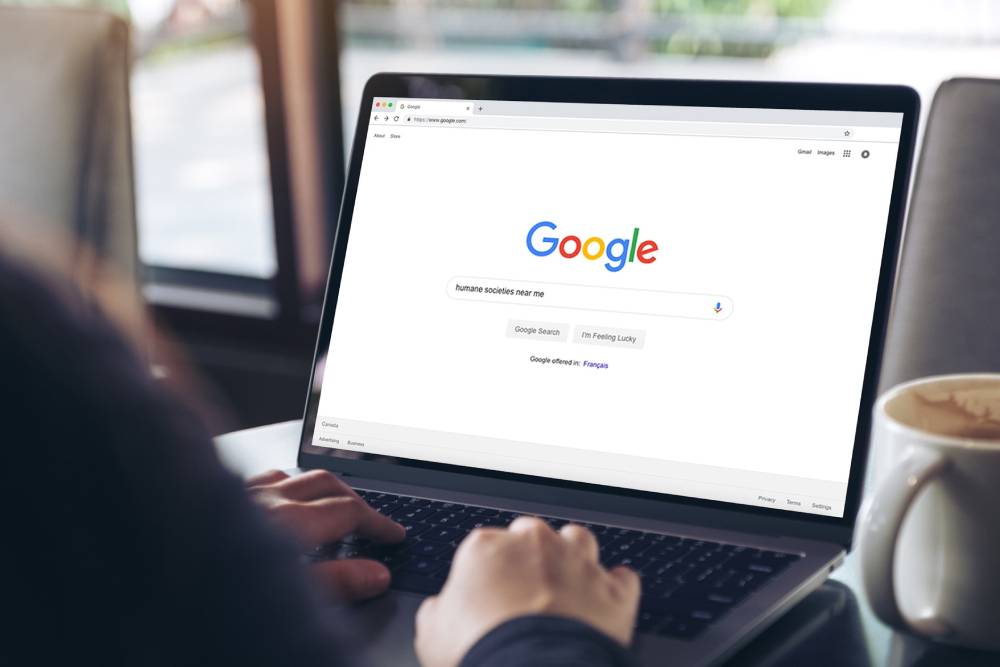How to optimise a web page for Google
Many people tend to focus their on-page SEO on keyword placement and meta-tags. However, there are many other on page SEO elements that you can take advantage of if you want your pages to rank higher and to attract more traffic.
The following elements and strategies will help boost your on-page search engine optimisation and take your digital marketing to the next level.
The Title
The title is what appears in the top of your browser tab when you load your website, and is not actually in the body of your page. Use the keyword and a modifier in your title. Of all the on page SEO elements, your title is the most important one. Your keyword should be at the very beginning of the title, or as close as possible to the beginning, as this makes it more visible to search engines. By using modifiers in your title, you will be able to rank better when it comes to longer versions of your keyword phrase. Modifiers are words that people add to their searches when they are trying to get more relevant results. They include words like ‘best’, ‘cheap’, ‘free’, ‘review’, and many others.
The Content
Use engaging text and multimedia content to boost dwell time. Google’s algorithms will decide that your content is of a low quality if the people visiting your site keep leaving almost immediately. The higher the dwell time on your pages, the higher you will rank in future searches. You should try as much as possible to make your text engaging. However, the text is never enough to keep people engaged. You should make use of pictures, graphics, and videos to captivate your site visitors and make them stick around for a longer time.
Keyword placement
Your keyword should appear within the first 100 words or so. Rather than doing a lengthy introduction to your article, find a way to fit your keyword within the first 100 words in a natural way. This will help Google to figure out what your page is about.
Image descriptions and file names
Using keywords in the file names of images within your page can also prove effective. Separate words in your keyword phrases with hyphens. Then you should ensure the ‘alt’ descriptions of your images also contains the keywords or a subtle variation of it.
You might have a lot of images on the same page, so don’t over do naming everything with the same words. Pick an overall theme and ensure the file names and descriptions all revolve around the page topic.
The links
You should link your content to high authority sites with content that’s related to yours. This helps Google to identify the topic of your content. Outbound links will also indicate to Google that your content is well researched and therefore more authoritative.
You should also use a couple of internal links in your page. This will encourage your site visitors to view more than just one page within your domain, and it will boost your site’s standing with Google.
Make sure you start with these on page elements
Search engine optimisation is such a critical part of any digital marketing strategy. When you create the next post on your blog or website, make sure to incorporate these on page SEO elements. They may be just what you need to break through the competition and to rank high on Google search.
